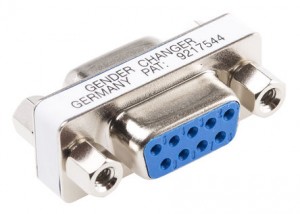 In 1952 when Cannon first introduced the D-Series connector to the market they could not have imagined that they would still be used as the connector of choice for many interconnect applications.This simple yet ingenious design has stood the test of time simply because it is so useful for a married of connectivity solutions.
In 1952 when Cannon first introduced the D-Series connector to the market they could not have imagined that they would still be used as the connector of choice for many interconnect applications.This simple yet ingenious design has stood the test of time simply because it is so useful for a married of connectivity solutions.
We all are familiar with D-connectors. Leaving aside the different number of ways and densities, there are many different types. Here is a simple guide to what is available and to enable you to make good design choices.
D-connectors (Mil Standard 24308) come in many different versions and here are the top five you are most likely to use.
Stamped & Formed Pin
The pins & sockets that are manufactured from a flat piece of metal (usually tinned brass) that is formed into the cylindrical shape of the contact. This is the most common type of contact used in commercial connectors and typically has a 50 mating cycles.
Machined Pin
Contacts are manufactured from a solid piece of metal (usually gold plated copper) that is machined into the shape of the contact. This is a high quality contact designed for demanding applications. These connectors carry in excess of 500 mating cycles.
Crimp Contact
Crimp Contact D-Connectors are very popular in the high end harsh environment specifically in the military market. Crimpling as apposed to soldering is generally seen as the termination method of choice for high end however, the arguments for and against are equally strong.
IDC Connector
The IDC D-type is just about the easiest to terminate and has the added advantage of being quick to assemble making this a extremely popular choice for simple data transfer. The main disadvantage is pin-outs are limited and cable choice is restricted to ribbon cable.
Filtered Connector
Filtered connectors offer greater protection from EMI/RFI. The connectors feature ceramic capacitor planar arrays and ferrite inductors to prevent interference and typically used in environments where clarity of signal is critical. Connectors with filtering are by far the most expensive however, if interference is an option then filtering is a must.





No comments:
Post a Comment